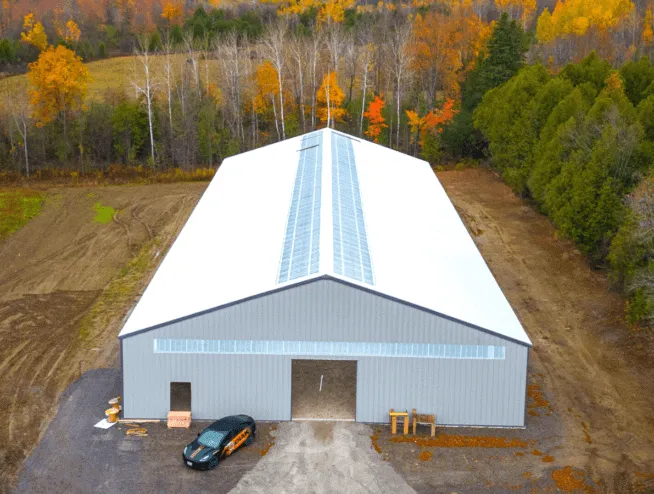- Afrikaans
- Albanian
- Amharic
- Arabic
- Armenian
- Azerbaijani
- Basque
- Belarusian
- Bengali
- Bosnian
- Bulgarian
- Catalan
- Cebuano
- Corsican
- Croatian
- Czech
- Danish
- Dutch
- English
- Esperanto
- Estonian
- Finnish
- French
- Frisian
- Galician
- Georgian
- German
- Greek
- Gujarati
- Haitian Creole
- hausa
- hawaiian
- Hebrew
- Hindi
- Miao
- Hungarian
- Icelandic
- igbo
- Indonesian
- irish
- Italian
- Japanese
- Javanese
- Kannada
- kazakh
- Khmer
- Rwandese
- Korean
- Kurdish
- Kyrgyz
- Lao
- Latin
- Latvian
- Lithuanian
- Luxembourgish
- Macedonian
- Malgashi
- Malay
- Malayalam
- Maltese
- Maori
- Marathi
- Mongolian
- Myanmar
- Nepali
- Norwegian
- Norwegian
- Occitan
- Pashto
- Persian
- Polish
- Portuguese
- Punjabi
- Romanian
- Russian
- Samoan
- Scottish Gaelic
- Serbian
- Sesotho
- Shona
- Sindhi
- Sinhala
- Slovak
- Slovenian
- Somali
- Spanish
- Sundanese
- Swahili
- Swedish
- Tagalog
- Tajik
- Tamil
- Tatar
- Telugu
- Thai
- Turkish
- Turkmen
- Ukrainian
- Urdu
- Uighur
- Uzbek
- Vietnamese
- Welsh
- Bantu
- Yiddish
- Yoruba
- Zulu
Nov . 05, 2024 19:54 Back to list
The Evolution and Significance of Multi-Story Steel Buildings
Multi-story steel buildings have become iconic representatives of urban growth and architectural innovation. Their structural resilience, aesthetic flexibility, and economic viability make them a popular choice for residential, commercial, and industrial applications across the globe. The evolution of these structures reflects both technological advancements in material science and changing societal needs over the decades.
The Historical Context
The use of steel in building construction gained momentum in the late 19th century, particularly during the Industrial Revolution. The introduction of steel frames allowed architects and builders to reach unprecedented heights, leading to the creation of skyscrapers that defined city skylines. Notable early examples include the Home Insurance Building in Chicago, constructed in 1885, which is often cited as the world’s first skyscraper due to its steel frame structure.
However, the journey of multi-story steel buildings is not just a story of reaching new heights; it is also about innovation in design and function. Over the years, architects have experimented with various styles, from the ornate Beaux-Arts buildings of the early 20th century to the sleek, glass-walled towers of contemporary metropolitan areas.
Structural Advantages
One of the most compelling reasons for the popularity of multi-story steel buildings is their structural advantages. Steel is known for its high strength-to-weight ratio, which allows for wider spans and taller edifices without compromising stability. This characteristic enables architects to design open floor plans, enhancing the usability of interior spaces. Moreover, the flexibility of steel offers resilience against environmental stresses such as earthquakes and strong winds, making these buildings more durable than those constructed from traditional materials like wood and masonry.
Economic Considerations
In terms of cost, multi-story steel buildings present a favorable option. While the initial expenditure for steel may be higher than that of other materials, its longevity, low maintenance requirements, and energy efficiency can lead to significant cost savings over the life of the building. Furthermore, the speed of construction associated with steel structures can reduce labor costs and time on site, making them appealing to developers and investors.
multi story steel building

Sustainability and Modern Applications
As society becomes increasingly aware of the environmental impact of construction practices, the steel industry is responding with innovations aimed at sustainability. Modern multi-story steel buildings are often designed with energy-efficient systems in mind. The integration of renewable energy sources such as solar panels, along with advanced insulation techniques, means that these structures can operate with reduced environmental footprints.
Moreover, steel is one of the most recycled materials in the world. A significant portion of the steel used in modern buildings is made from recycled scrap metal, which contributes to a circular economy. By leveraging sustainable practices, contemporary multi-story buildings not only meet the demands of urbanization but also align with global goals for environmental responsibility.
Future Trends
Looking ahead, the future of multi-story steel buildings appears bright. With advancements in technology such as Building Information Modeling (BIM), architects and builders can create even more complex and innovative designs. Smart building technologies will further enhance efficiency, allowing for real-time monitoring and management of building systems.
The integration of smart technologies promises to optimize energy use, enhance safety, and improve the overall experience for occupants. As urban populations continue to grow, the demand for multi-story steel buildings will likely increase, leading to further innovations in design and function.
Conclusion
In conclusion, multi-story steel buildings epitomize a blend of beauty, function, and sustainability. As we continue to embrace urbanization and technological advancement, these structures will remain crucial to shaping the future of our cities. Their resilience, economic benefits, and adaptability to modern needs make them an enduring element of architectural design, promising a hopeful outlook for both the construction industry and urban living.
-
How Do Prefabricated Steel Structures Transform Modern Construction?
NewsJul.14,2025
-
How Do Prefabricated Metal Buildings Redefine Modern Construction?
NewsJul.14,2025
-
How Do Prefab Insulated Metal Buildings and Steel Structures Revolutionize Modern Construction?
NewsJul.14,2025
-
How Do Pre - Engineered Steel Structures Redefine Modern Construction?
NewsJul.14,2025
-
Advancing Modular Construction with Prefabricated Metal Structures
NewsJul.14,2025
-
Advancing Industrial Infrastructure with Prefabricated Steel Solutions
NewsJul.14,2025
Products categories
Our Latest News
We have a professional design team and an excellent production and construction team.












